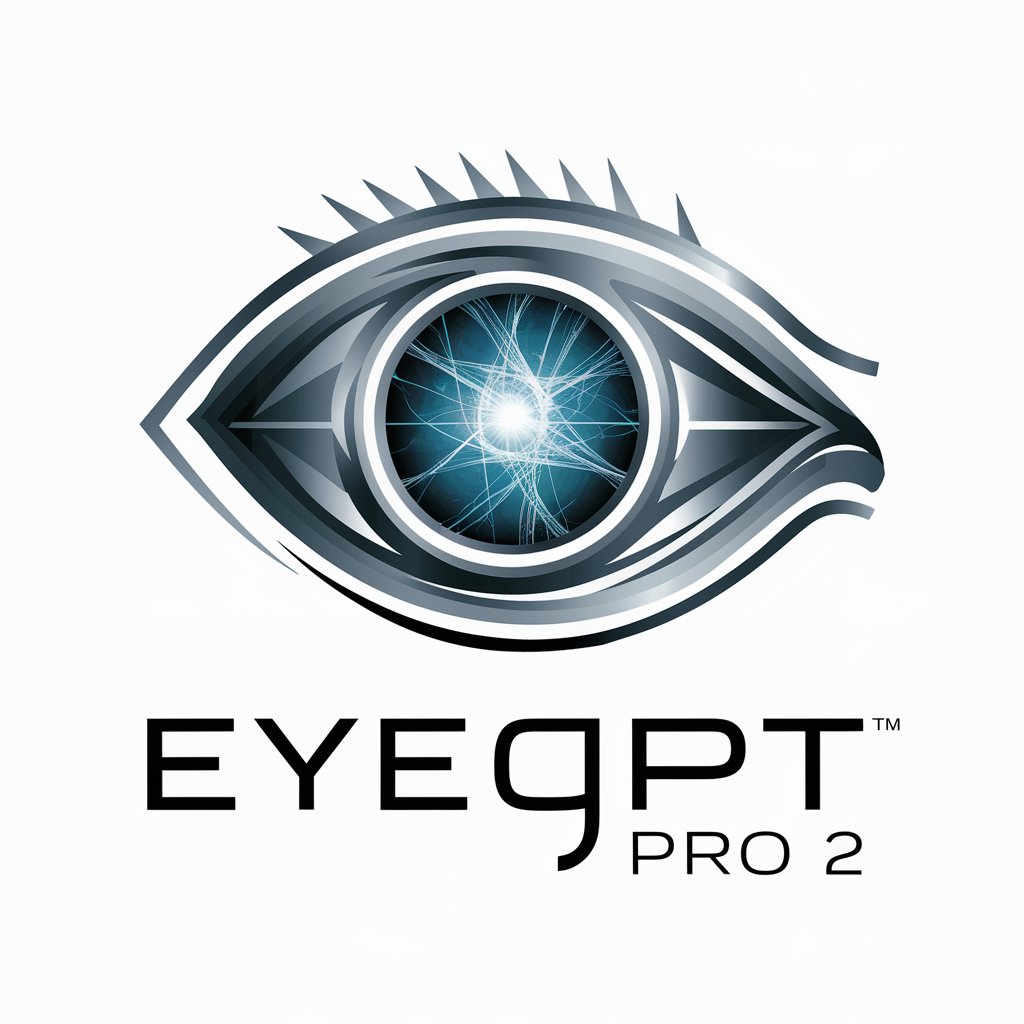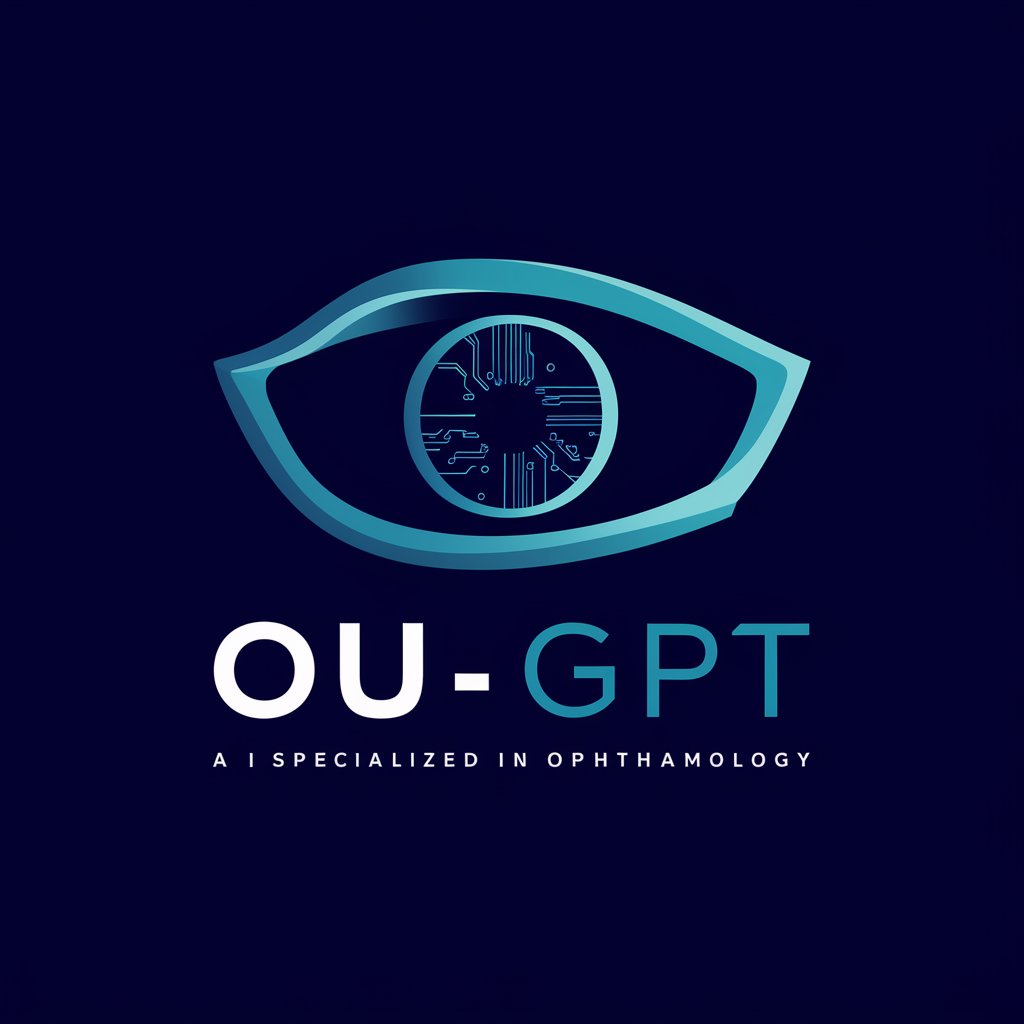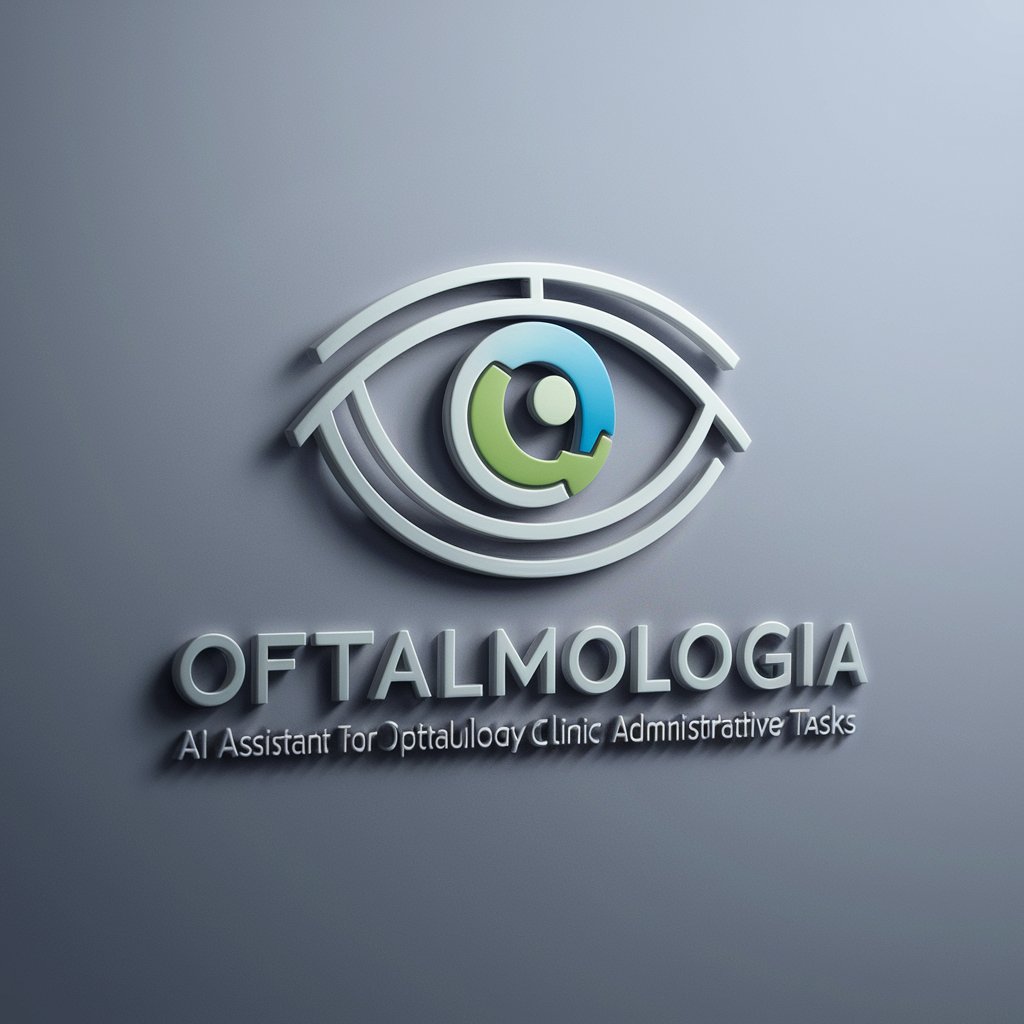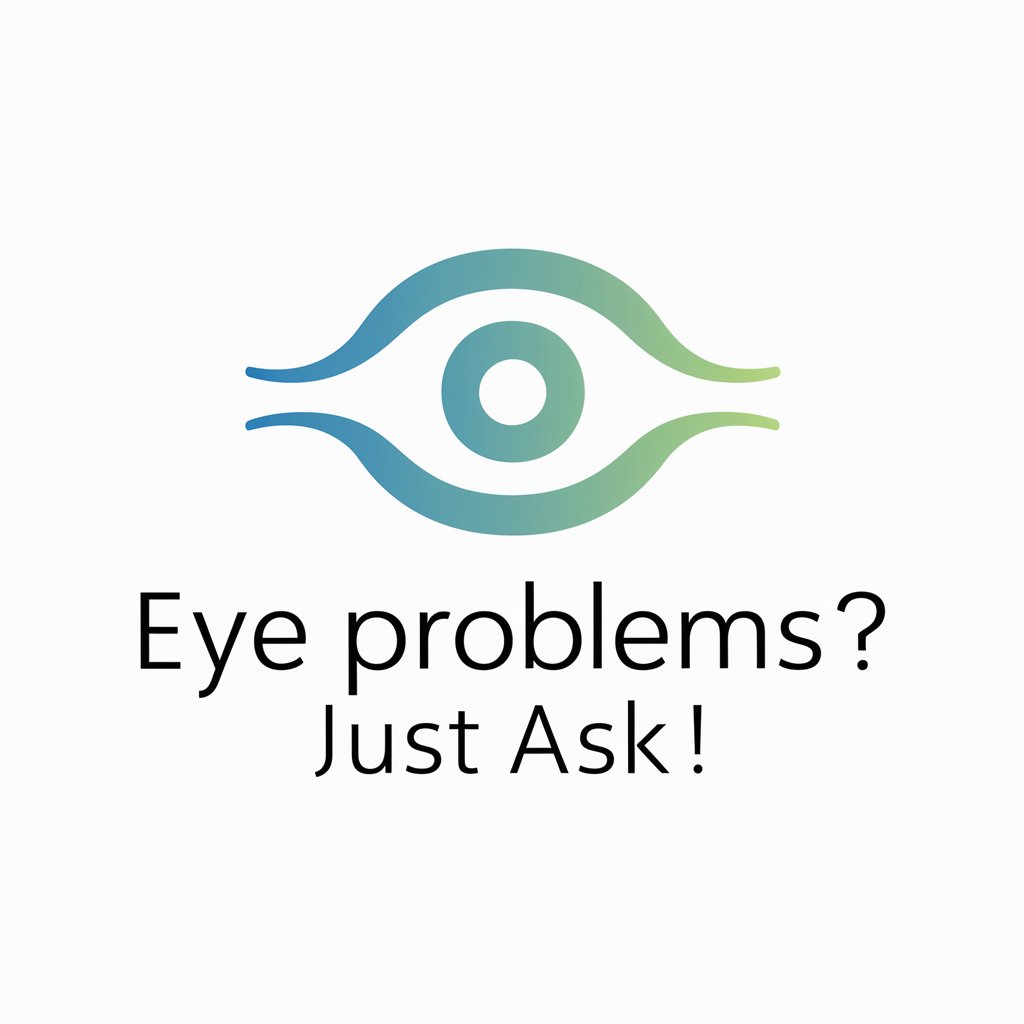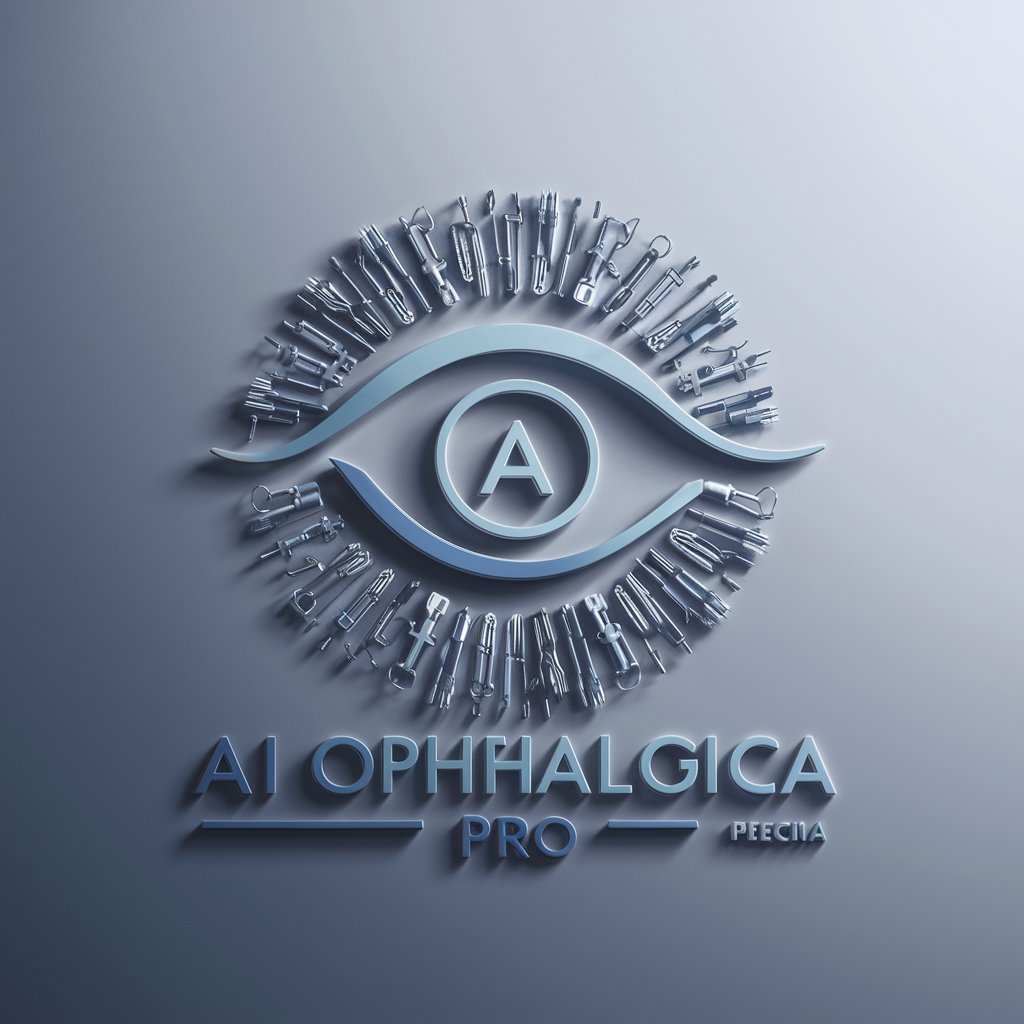
assist in glaucoma detection - AI-powered Glaucoma Detection

Hello! I'm here to assist with glaucoma detection.
Empowering early detection with AI insights
Analyze this optic disc photo for glaucoma signs.
Interpret these visual field results.
Assess this patient's intraocular pressure readings.
Suggest possible outcomes based on this glaucoma data.
Get Embed Code
Introduction to Assist in Glaucoma Detection
Assist in glaucoma detection is designed as an advanced tool to aid healthcare professionals in the early detection and management of glaucoma. It utilizes AI-driven analysis to interpret patient data such as optic disc photographs, visual fields, and intraocular pressure readings. This tool is not intended to make definitive medical diagnoses but to serve as a supplementary resource for clinicians. For example, by analyzing optic disc photographs, the tool can identify signs of glaucomatous optic neuropathy, such as increased cup-to-disc ratio or nerve fiber layer defects. Similarly, it can evaluate visual field tests to detect patterns of loss that are characteristic of glaucoma, and assess intraocular pressure readings within the context of other clinical findings to help determine the risk of progression. Powered by ChatGPT-4o。

Main Functions of Assist in Glaucoma Detection
Analysis of Optic Disc Photographs
Example
Identifying increased cup-to-disc ratio, disc hemorrhages, or notching of the optic nerve head.
Scenario
In a clinical setting, a healthcare professional uploads an optic disc photograph to the tool. The AI analyzes the image and highlights areas concerning for glaucomatous damage, aiding the clinician in further assessment and decision-making.
Evaluation of Visual Field Tests
Example
Detecting patterns of visual field loss such as arcuate scotomas or nasal step defects.
Scenario
During routine eye examinations, the tool assesses visual field test results. It automatically identifies and categorizes specific patterns of visual field loss, providing insights that contribute to a more accurate diagnosis of glaucoma.
Interpretation of Intraocular Pressure Readings
Example
Assessing the risk of glaucoma progression based on intraocular pressure levels, taking into account corneal thickness and other risk factors.
Scenario
A patient presents with borderline high intraocular pressure. The tool integrates this reading with corneal thickness measurements and optic disc appearance to generate a risk profile for glaucoma, assisting in clinical decision-making regarding the need for treatment or closer monitoring.
Ideal Users of Assist in Glaucoma Detection Services
Ophthalmologists
Specialists who treat eye diseases can use the tool to enhance diagnostic accuracy and tailor management plans for patients with glaucoma or those at risk.
Optometrists
Primary eye care providers can utilize the tool during routine eye exams to screen for glaucoma, especially in patients with risk factors such as high intraocular pressure, family history of glaucoma, or certain racial backgrounds.
Research Scientists
Individuals conducting research in ophthalmology and vision science can use the tool to analyze data more efficiently, potentially identifying novel patterns or risk factors associated with glaucoma.

Guidelines for Using Assist in Glaucoma Detection
Step 1
Start with a free trial by visiting yeschat.ai, offering instant access without the need for a ChatGPT Plus subscription or any login requirements.
Step 2
Prepare digital images of the optic disc, visual field tests, and intraocular pressure readings for analysis.
Step 3
Upload the patient data to the platform, ensuring that the images and test results are clear and within the specified format guidelines.
Step 4
Utilize the AI analysis feature to receive an assessment of the uploaded data, which includes potential signs of glaucoma and risk levels.
Step 5
Review the AI-generated insights and recommendations to support clinical decision-making in the diagnosis and management of glaucoma.
Try other advanced and practical GPTs
Stratege
Master games with AI-driven strategy.

心から寄り添うペット葬儀のアドバイザー
Compassionate AI for Pet Loss Grief
VGO
Unlock Your Gaming Potential with AI

Youtube動画台本つくれーる
Scripting Your Vision with AI Precision

مشاكل في التنفس عند الأطفال
Empowering care with AI-driven respiratory insights

Vesh | वेश
Transforming images into digital avatars with AI.

الكاتب التقني لمجتمع بايثون العربي
Empowering Python Coding in Arabic with AI
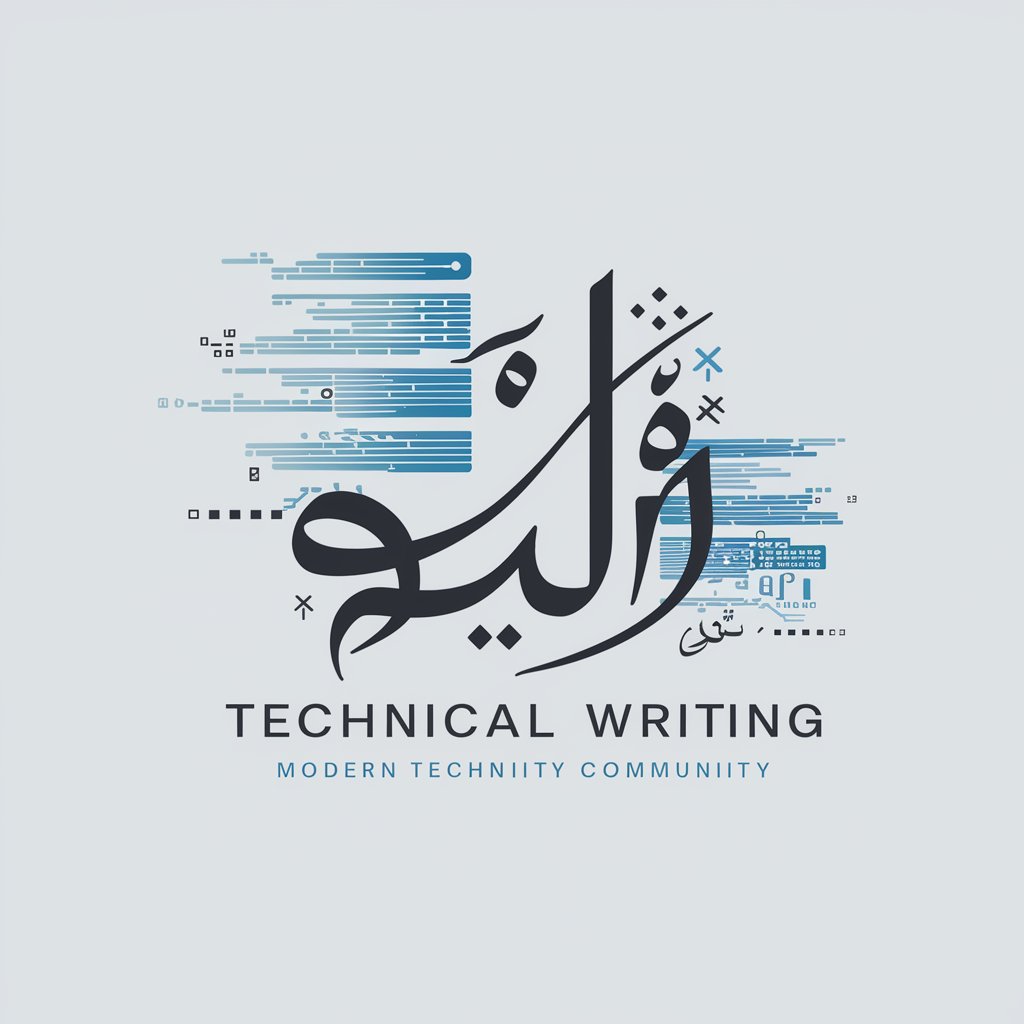
My Gift
Empowering Creativity with AI

Web 3 Buddy
Demystifying blockchain with AI power

Nurture Circle
Empowering parents with AI-driven insights

Weather Wiz
Your AI-Powered Weather Guide

Andersenized Literature
Reimagining Stories with AI Magic

Frequently Asked Questions about Assist in Glaucoma Detection
What type of data does Assist in Glaucoma Detection analyze?
It analyzes digital images of the optic disc, visual field tests, and intraocular pressure readings to identify potential signs of glaucoma.
How accurate is the AI analysis in detecting glaucoma?
While highly sophisticated, the AI analysis is designed to augment clinical decision-making. It provides valuable insights but should be used in conjunction with professional medical evaluation.
Can Assist in Glaucoma Detection replace a doctor's evaluation?
No, it is intended to support healthcare professionals by providing additional data analysis. It does not replace the need for a comprehensive examination by a qualified eye care specialist.
Is Assist in Glaucoma Detection suitable for all patients?
It is a valuable tool for those at risk of glaucoma or undergoing evaluation for glaucoma. However, individual assessments by healthcare professionals are necessary to determine its suitability for each patient.
How can healthcare professionals integrate this tool into their practice?
Professionals can integrate it into their diagnostic process by using the AI-generated insights as a supplementary tool for early detection and management planning of glaucoma.
